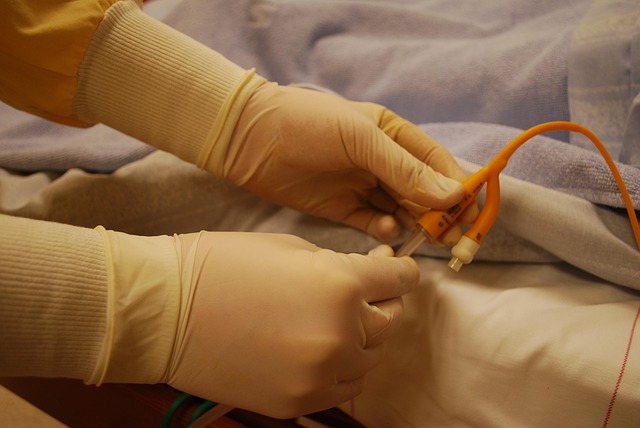Sepsis Treatment: Understanding the Life-Saving Interventions
Sepsis is a potentially life-threatening condition that occurs when the body's response to infection spirals out of control. This medical emergency requires immediate attention and treatment to prevent severe complications and death. Understanding the symptoms, causes, and available treatments for sepsis is crucial for early detection and improved outcomes.

What are the common symptoms of sepsis?
Recognizing the symptoms of sepsis is crucial for early intervention. The most common signs include:
-
Fever or low body temperature
-
Rapid heartbeat and breathing
-
Confusion or disorientation
-
Extreme pain or discomfort
-
Clammy or sweaty skin
-
Shortness of breath
It’s important to note that these symptoms can vary depending on the individual and the underlying infection. If you suspect sepsis, seeking immediate medical attention is critical.
How is sepsis diagnosed and what tests are involved?
Diagnosing sepsis involves a combination of clinical assessment and laboratory tests. Healthcare providers will typically:
-
Evaluate vital signs, including temperature, heart rate, and blood pressure
-
Perform a physical examination
-
Order blood tests to check for signs of infection and organ dysfunction
-
Conduct imaging studies, such as X-rays or CT scans, to identify the source of infection
-
Collect cultures from blood, urine, or other bodily fluids to identify the specific pathogen
Early diagnosis is crucial for effective treatment, as sepsis can progress rapidly and become life-threatening within hours.
What are the primary treatment approaches for sepsis?
Sepsis treatment typically involves a multifaceted approach aimed at controlling the infection, supporting organ function, and preventing complications. The main components of sepsis treatment include:
-
Antibiotics: Broad-spectrum antibiotics are administered intravenously as soon as sepsis is suspected, even before the specific pathogen is identified. Once the causative organism is determined, more targeted antibiotic therapy may be initiated.
-
Intravenous fluids: Large volumes of fluids are given to help maintain blood pressure and organ function.
-
Vasopressors: If blood pressure remains low despite fluid resuscitation, medications called vasopressors may be used to constrict blood vessels and increase blood pressure.
-
Oxygen therapy: Supplemental oxygen or mechanical ventilation may be necessary to support breathing and ensure adequate oxygenation of vital organs.
-
Organ support: Depending on the affected organs, additional interventions such as dialysis for kidney failure or mechanical circulatory support for heart failure may be required.
-
Source control: Identifying and addressing the source of infection, such as draining an abscess or removing infected tissue, is crucial for successful treatment.
What role does intensive care play in sepsis management?
Severe sepsis and septic shock often require admission to an intensive care unit (ICU) for close monitoring and advanced interventions. In the ICU, patients receive:
-
Continuous monitoring of vital signs and organ function
-
Advanced life support measures, including mechanical ventilation and dialysis if needed
-
Specialized nursing care and frequent assessments
-
Ongoing adjustment of treatments based on the patient’s response
The level of care provided in the ICU is crucial for managing the complex and rapidly changing nature of sepsis.
Are there any long-term effects of sepsis, and how are they managed?
Survivors of sepsis may experience long-term effects, collectively known as post-sepsis syndrome. These can include:
-
Cognitive impairments, such as memory problems and difficulty concentrating
-
Physical weakness and fatigue
-
Increased risk of recurrent infections
-
Psychological issues, including anxiety and depression
-
Organ dysfunction that may persist after the acute phase of sepsis
Management of post-sepsis syndrome involves a multidisciplinary approach, including rehabilitation, psychological support, and ongoing medical care to address specific organ dysfunctions and prevent complications.
In conclusion, sepsis is a severe medical emergency that requires prompt recognition and aggressive treatment. Understanding the symptoms, diagnostic process, and treatment approaches is crucial for improving outcomes. With early intervention and appropriate care, many patients can recover from sepsis and its potentially devastating effects.
This article is for informational purposes only and should not be considered medical advice. Please consult a qualified healthcare professional for personalized guidance and treatment.






